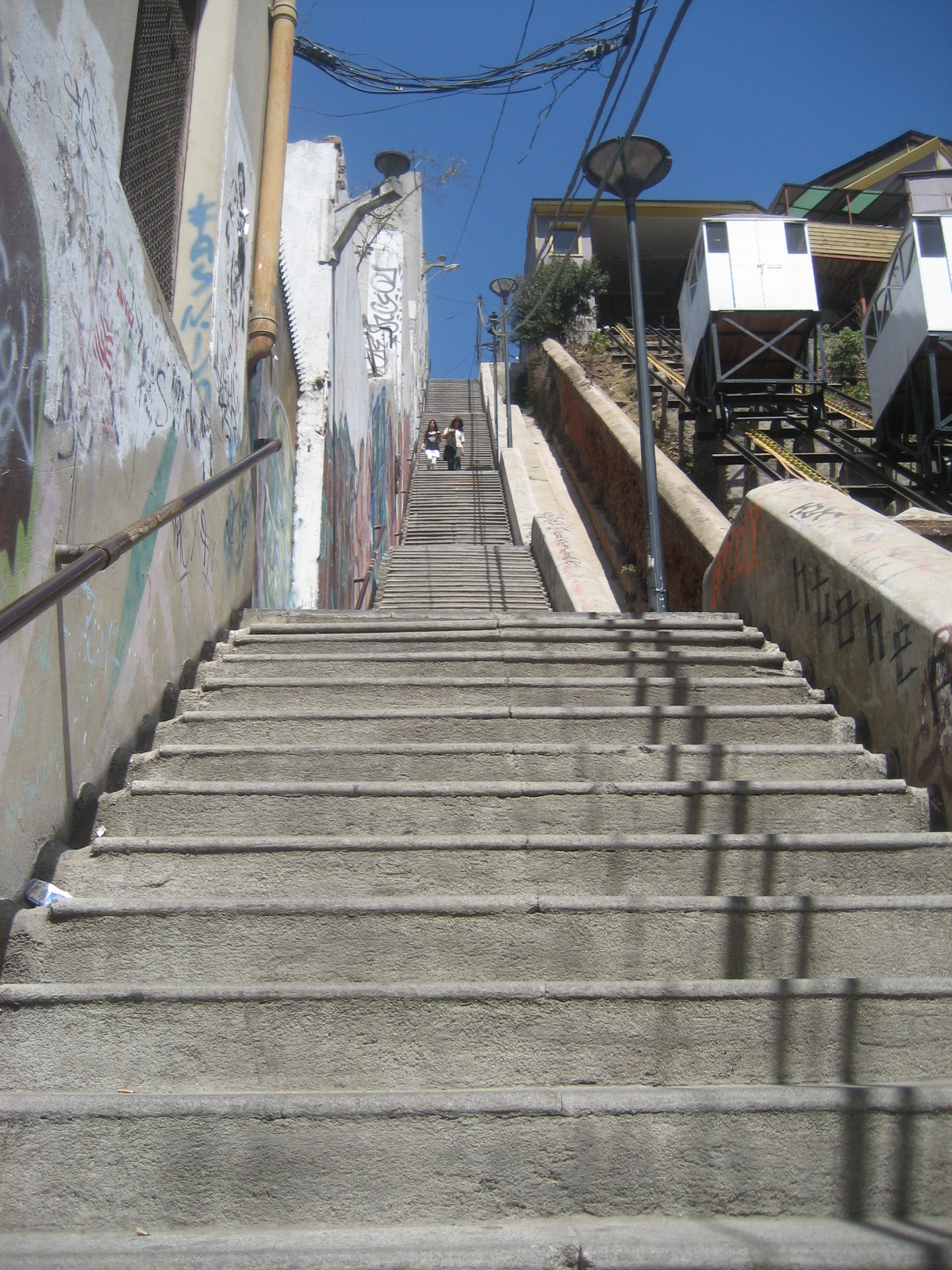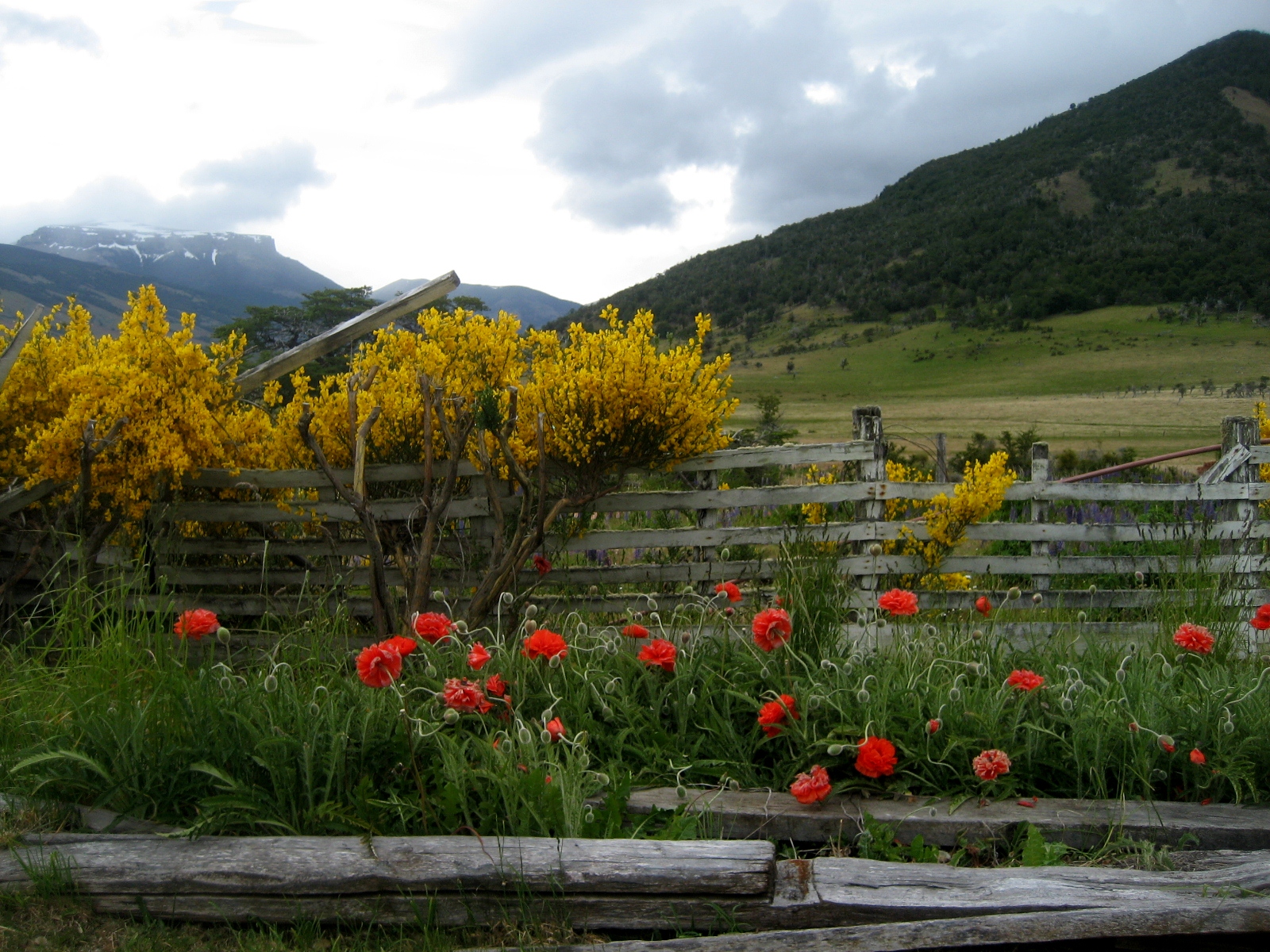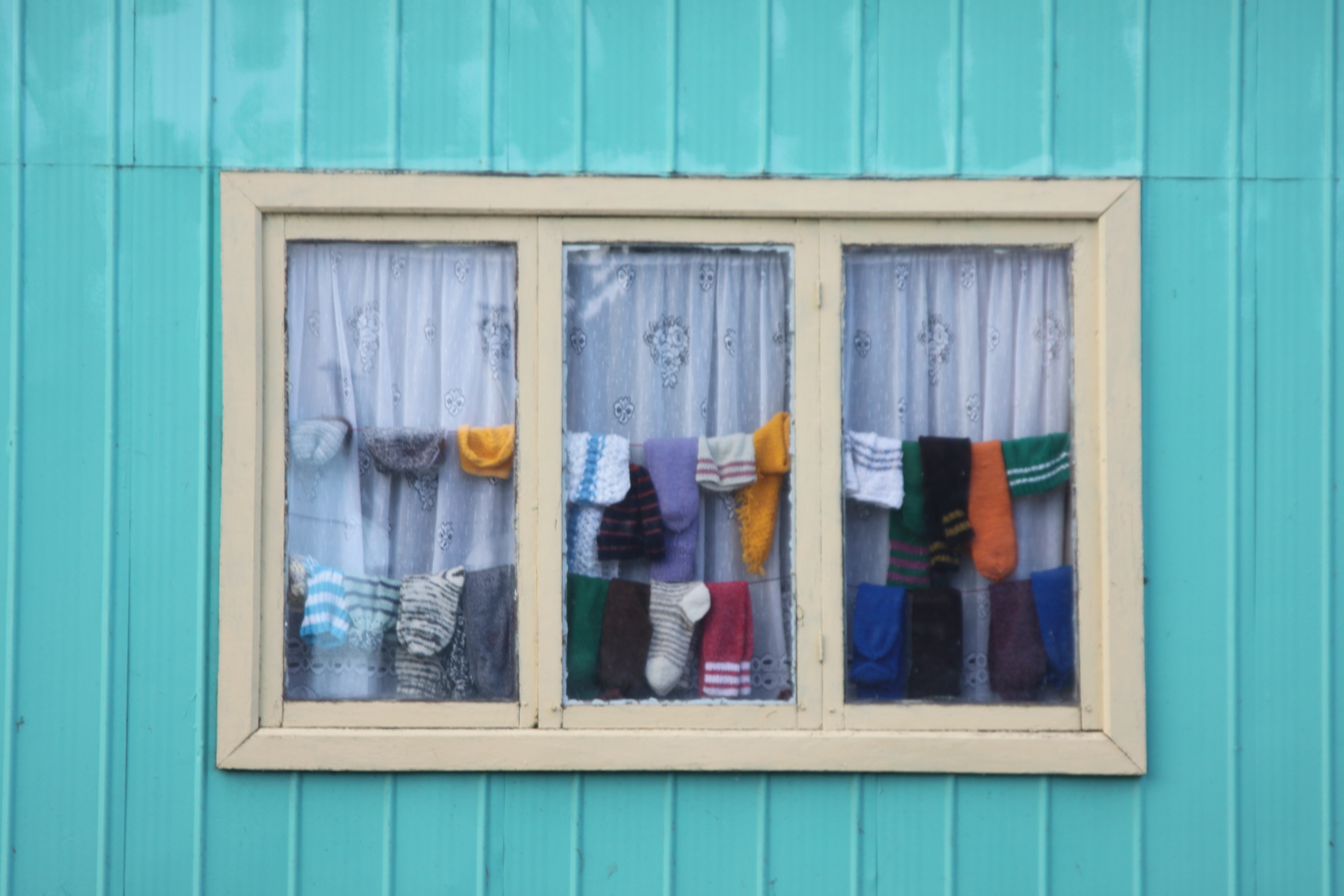As a travel blogger, I read other bloggers’ blogs because, you could say, I like the topic. I always enjoy when one of them goes to Brazil for the first time and I get to read their writings about their experience. Those writings remind me I want to go back badly. I traveled to Brazil (Sao Paulo and Rio de Janeiro) a few times for business in the late 1990s and found it a mesmerizing country even though I spent weekdays working. But the cool thing was that Brazil was a great experience even while working – THAT’S how great this country and its people are!
Let me jog your memory – if you are old enough!
My trips to Brazil happened in 1997 – a LONG time ago: before the Internet was prevalent, email being a young thing in the consumer space, and when flights used PAPER tickets!
Landing in Sao Paulo
Arriving in Sao Paulo for the first time I remember looking out of my plane window and seeing high rises as far as my eyes could see on final approach. It was MIND-BLOWING!
I remember that the airport had bank machines right when one went outside after claiming luggage and going through customs. (Exit and make a left.) I was quite impressed by that (remember, this is the late 1990s and though bank machine existed since the 1980s, international networks connecting bank machines abroad to your bank at home was not commonplace yet!). I wonder if that bank machine is still there… Anyone??
Working in Brazil
One of the things I consider myself lucky to have experienced was working in Brazil. It is one thing to go to the beaches of Rio and things like that – all wonderful experiences. But it is another to be truly in the day-to-day hustle-and-bustle in a business environment. And one thing I learned is that Brazilians are just as warm and fun at work as they are out in the beaches or clubs. I got to speak “portuñol” at work with colleagues who did not speak English. It was a fun meeting when I met with the Marketing Director at my client and he spoke Brazilian Portuguese and me in my Spanish peppered with the few words in Portuguese that I had picked up that were different than Spanish (“acho” in Portuguese, “creo” in Spanish; meaning, “I believe”).
What number, obrigado?
Another funny thing from those days that I wonder if it still exists in Brazil in “this day and age”: I worked on a high-rise building on floor 10, 11, or 12, I can’t recall. When you walked into the elevator, you were NOT supposed to press the button for the floor you were going to. No, no voice recognition back then. See, in that building and -probably many others- there were “elevator ladies.” I know, I know, that sounds like a variation of the world’s oldest profession but it wasn’t – to my knowledge anyway. They had a stool to sit on, though they weren’t always sitting on them. Their job was to “man” the controls of the elevator. You know those complicated buttons next to those hieroglyphs we call “numbers.” Yes, I am sure a legacy of some nanny state period. And when they went home, guess what? The elevators would no longer run. I learned that the hard way one day when I stay beyond their working hours (which you can imagine, were not too many minutes after 5 or 6 PM – I can’t recall). So, I walked down the stairs that night. What I did get to appreciate was how quickly they learned the floor you normally went to such that you no longer had to tell them which floor’s button they needed to press. See? They were EFFICIENT!
A convenient bridge to Rio de Janeiro
Work was in Sao Paulo but I got to take the ponte aerea (“air bridge”) to Rio for the weekends :). The ponte aerea was a multi-flight per hour air-bus that enabled the passenger to just arrive at the airport and buy a ticket for the next flight with an open seat from whichever of the three participating airlines. If I recall, back then there were three flights per hour. I REALLY appreciated not having to stress over traffic delays for a scheduled flight time (and, boy, is traffic BAD in Sao Paulo!). Mercifully, this ponte aerea ran from Congonhas airport which was right in the city versus Guarulhos, the big international airport, which is way further out. I have read since that this arrangement ended as the domestic airlines decided to go their own way in terms of flight schedules and pricing.
In any case, Congonhas (site of a few plane crashes) is known for being a difficult airport to land and take-off from given it is surrounded by high rises (clearly the city grew without proper regulations) and short runways. Before 1985, when it used to be the main airport of the city, longer haul flights had to go to Rio and then passengers would go on a smaller plane to Sao Paulo.. At the time I was blissfully oblivious to all this and just enjoyed said take-offs and landings… In any case, more about Rio in another post!
Food in Brazil
One thing I learned to love in Sao Paulo was pao de queijo. It is the small morsel filled with cheese that you get with that shot of espresso anywhere down any street.
It is ADDICTIVE – as are the espresso shots and any coffee for that matter in Brazil. At work, there was a young woman who worked out of a mini-kitchen, almost a closet, whose sole job seemed to be to walk around the floor wearing a maid uniform serving rounds of coffee. It was a throwback to how things must have been long ago in corporate America, think Mad Men maybe.
One thing I learned during those trips was how good food was in Sao Paulo! I am not just talking local food, though “local food” there means a high diversity of regional cuisines like form Bahia (Bargaço on Oscar Freire was outstanding!) and others. I am also talking about French, Italian, Japanese, etc. Speaking of Japanese, did you know Brazil has the largest colony of Japanese outside of Japan? They migrated to Brazil starting in the early 20th century and it is said there over a million people of Japanese descent in the country. But I digress. I had many phenomenal meals. And I wonder if any of those places are still there… La Vecchia Cucina, Charló, Gero, etc. (OK, I just searched and they seem to still be open! Now I REALLY have to go back!)

The food in Sao Paulo is some of the best I have ever had in one city. PERIOD!
Sorry Sao Paulo, I can’t do you justice here…
This post will not get even close to do justice to this megalopolis (that feels like one for sure!). But, trust me, Sao Paulo is understatedly fascinating. Food, art, nightlife (oh yes, I had a BLAST!), architecture and people all make it a really interesting place to visit. It doesn’t feel like London, Paris, or its closest neighbor, Rio. Because this is not a city one explores – it is a city one experiences!
——————————————————————————————————————————–
As I wrote this post, I was amazed at how good these photos look despite being 16 years old back in the day when all photos were, umm, not digital! Thanks to my faithful Canon EOS Rebel!






















































































